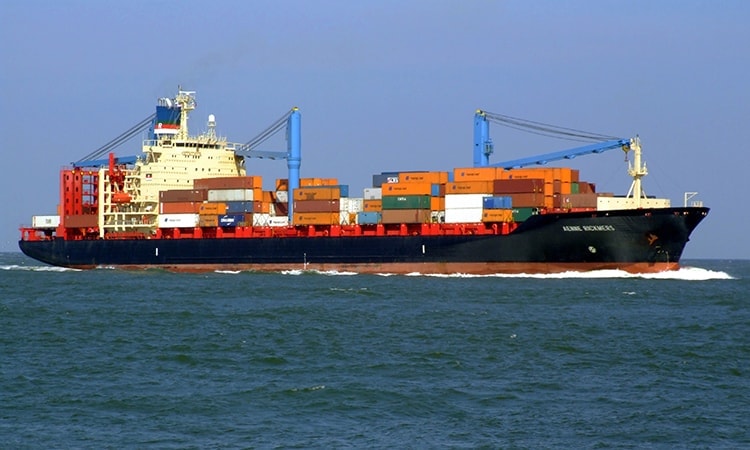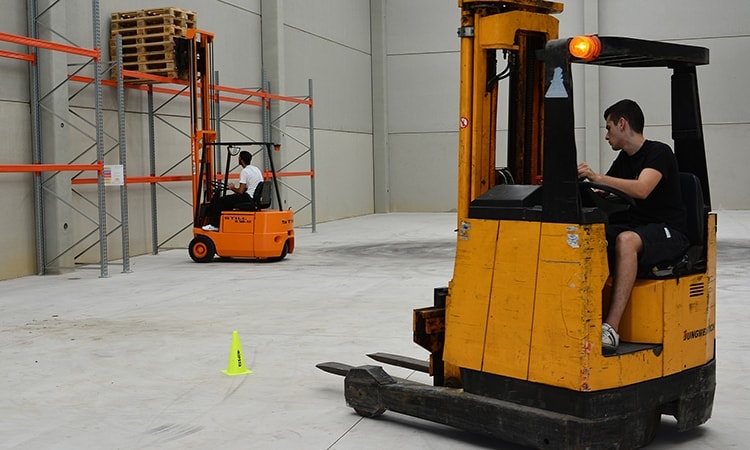
The Horn of Africa, also known as the Somali Peninsula, is a large peninsula and geopolitical region in East Africa. Having started shipping goods to Somalia, Curzen's CEO Mr Abshir Aden said that he is delighted in contributing to the economic development of Somalia.
The economy recovered from recession in 2020 to register estimated GDP growth of 2.0% in 2021, driven by private consumption and livestock exports. Multiple shocks including floods, locust invasions, and COVID- 19 curtailed the pace of recovery and increased poverty. Private consumption was boosted by remittances, which increased to an estimated 31.3% of GDP in 2021 from 30.8% in 2020. Private investment remained resilient, despite the slight reduction in FDI to 9.2% of GDP in 2021 from 9.4% in 2020.
The currency reform program stalled due to political uncertainty and is holding back monetary policy measures, given widespread dollarization and currency counterfeiting. Inflation increased to an estimated 4.6% in 2021 from 4.3% in 2020 due to reduced food supply. The banking sector remains stable, with NPLs at less than 3% of total credit. Somalia targets a zero-cash fiscal balance as part of the conditions for reaching the completion point under the Heavily Indebted Poor Countries (HIPC) initiative. The fiscal deficit in 2021 partly reflects the SDR allocation ($203 million or 4.1% of GDP), which helped to fill financing shortfalls created by the decline in public revenues and grants. Somalia is in debt distress, although when it reaches the HIPC completion point by 2023 as expected, that will ensure debt sustainability. The current account deficit widened to 10.8% of GDP in 2021, compared with 10.4% in 2020, owing to the slow recovery in livestock exports, and was financed by aid, remittances, and FDI.
Cuzen is delighted in contributing to the ecomomic development of Somalia and having started shipping goods to my country of birth is a major achievement.- Abshir Aden
Somalia is vulnerable to climate change, especially in agriculture, land, and marine areas. An average 6 million Somalis were affected by drought or floods, or both, in 2019–21, slowing GDP growth and exacerbating poverty and income inequality. Somalia is ranked the second most vulnerable country and the least equipped to adapt to climate change on the 2019 Country Index of the Notre Dame Global Adaptation Initiative. Somalia prepared its NDC in 2021 as an update to its intended NDC and National Adaptation Programme of Action of 2015. The NDC proposes investing in RE resources, reversing deforestation and range-land degradation, and beefing up disaster management, among other measures, and targets a 30% reduction in GHG emissions by 2030; the proposed mitigation measures are estimated to cost $6.96 billion. However, implementation of NDC actions is hampered by lack of human as well as financial resources. Access to global climate funds has been constrained by the limited investments in potential beneficiary sectors such as energy, which will make it hard for Somalia to achieve SDG 13 on climate action.



